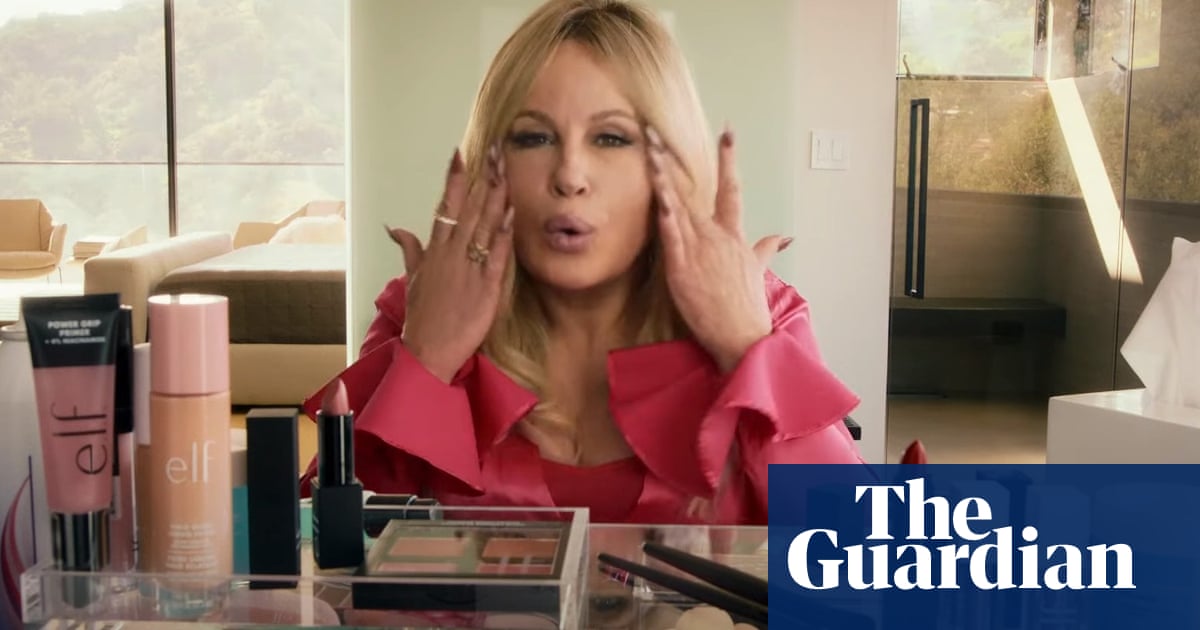
here’s a child who exists only in fiction, specifically modern fiction aimed at six-year-old girls. Her name, invariably, ends in a “y”. Her tone is perky – or “sassy”, as reviewers occasionally describe it – her speech is arch, and her humour is self-referential. “How many minutes is shortly?” muses one such heroine, from a franchise targeted at the American first grader. “Is it one minute or eight minutes or eleven minutes? On account of it’s one minute, I can wait, probably. But eleven minutes would be out of the question.” No six-year-old I know talks like this.
Bad writing ranges across every genre, but bad writing for children, when it falls along uniform lines, can be a test of how childhood itself is perceived. This fact was particularly evident this week, after the death of Beverly Cleary, the beloved American children’s author who died in California at the age of 104. I say “beloved”; her books, which date from the mid-1950s onwards, had no reach in the UK when I was growing up, and coverage of her death in the US was the first time I had heard of her. On a friend’s fervent recommendation, I picked up Beezus and Ramona from the library, and prepared to apply it to my children.
It’s a risky business, trying to mould one’s kids’ tastes. You have to swallow a lot of disappointment. Over the last year, I’ve ploughed through most of Roald Dahl with my kids, to a more or less warm reception; I’ve seen Charlotte’s Web roundly rejected; I’ve nudged them towards mandatory Judy Blume-worship with Freckle Juice (a win, thank God). And I’ve bombed with Harriet the Spy. In between these adored books of my childhood, we have started and abandoned a lot of unbelievably bad fiction.
Bad used to mean cliche, a charge which, when I was a child, fell squarely on the shoulders of Enid Blyton. Looking back, this seems unfair. Blyton is moralising, but the delivery of those lessons was always so thrilling, most of the piety burned off. When I look back on Malory Towers, a series I read hundreds of times, it amazes me how violent the storylines were, how chock-full of spite and comeuppance. The downfall of Mavis, who had the temerity to be vain about her singing voice; the downfall of Amanda, who thought she could swim in the Olympics; the epic, six-novel arc of the grudge-match between Gwendoline Mary and Alicia. These people were as real to me as my own friends.
The reason for this, I suspect, is that however clunky adults considered Blyton’s prose, she took the inner lives of her heroines extremely seriously. I flip through the Cleary novel and it’s a similar story. The characters are not winking at the reader, nor, as is more often the case in modern kids’ fiction, winking over the reader to their parent, a tone that has been imported directly from tween culture TV. On Disney and Nickelodeon, kids speak exclusively in italics, tiny, ironic avatars for their adult creators. It’s a tone so prevalent it occasionally jumps into real life. A few years ago, I witnessed an eight-year-old, mid-meltdown, yell at her dad with one eye on her audience: “You’re ruining my childhood!” It still makes me shudder.
I would put up with even this, the bouncy, perky tone of these books, if they didn’t commit a much greater sin, which is to be almost unbearably boring. After two pages of a Nancy Drew reboot, in which the heroine, reimagined as a feisty eight-year-old who likes to hang out at the beauty salon with her friends, my kids are climbing the wall. (The exception is Abby Hanlon’s Dory Fantasmagory series, in which the six-year-old heroine is neither cute nor “feisty”, but encounters trouble in recognisable forms: persecuted by her siblings, neglected by her well-meaning but short-tempered parents and rude in a way that involves pretending to be a dog, not engaging in sarcastic backchat with her teacher.)
One night this week, we cracked open the Beverly Cleary. My children, attention spans degraded after a year on their iPads, regard the page of dense text and start to complain. “We’ll just do two pages!” I say brightly. We read about Beezus Quimby and her four-year-old sister, Ramona, who rides around on her tricycle while blowing a mouth organ. We learn that Beezus finds her annoying. We watch as she bribes Ramona to pipe down by reading her a book, then persuades her little sister to come with her to the library to find something more interesting. Through patient, careful accumulation of detail, something real starts to cohere. After two pages, I make to close the book. Nonchalantly, as if pursuing no particular outcome, my daughter says: “It’s actually not that bad. Keep reading.”
Emma Brockes is a Guardian columnist












